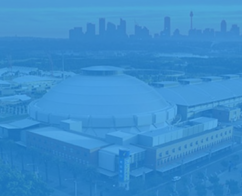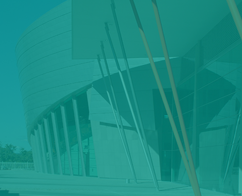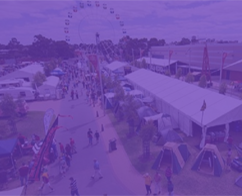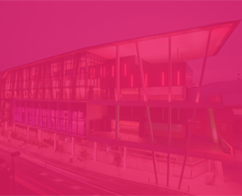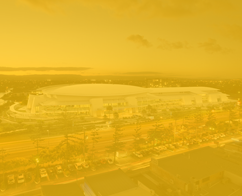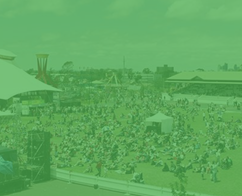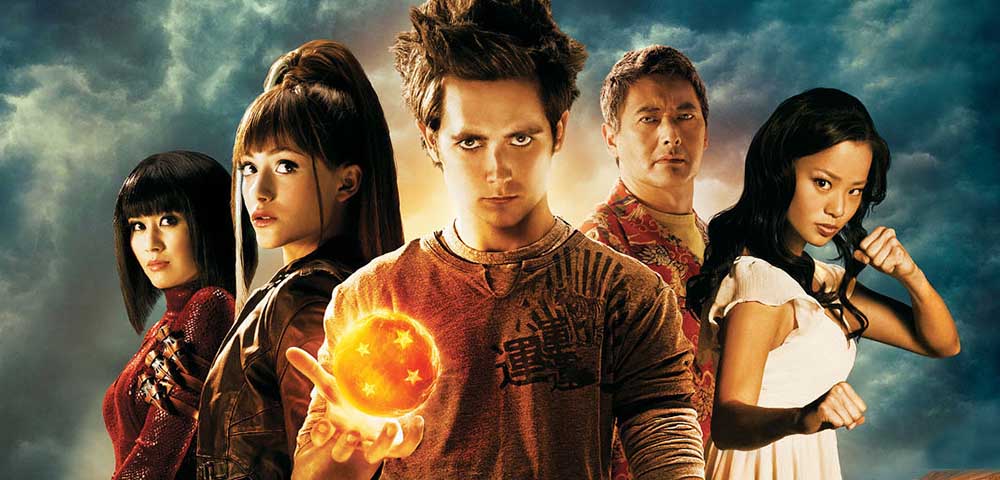
Sydney
June 21-22, 2025
Sydney Showground Olympic Park

Remakes are nothing new to pop culture fans. If you love something, there’s a pretty high chance there’s at least a dozen different versions of it, and you’ll of course be partial to your favourite one, with the other ones on a sliding scale of quality ranging from “eh” to “THIS RUINED MY CHILDHOOD!”, and so on and so forth.
But amongst all the remakes, there is one type that is scarcely pulled off successfully… The Western anime remake. Hard in theory, even harder in practice. Let’s face it, even the Japanese live-action anime adaptations still haven’t figured out how to make them consistently good (except for the Japanese Death Note live-action films, they’re great).
It’s a daunting task, because not only are you taking on the challenges of all remakes – taking something beloved and re-interpreting it while trying to keep it faithful to the original, but also modernising and putting your own stamp on it – while adding a whole new set of challenges in that are specific to anime. And speaking of daunting tasks, what do these challenges mean for the upcoming Cowboy Bebop adaptation by Netflix?
Animation to Live-Action
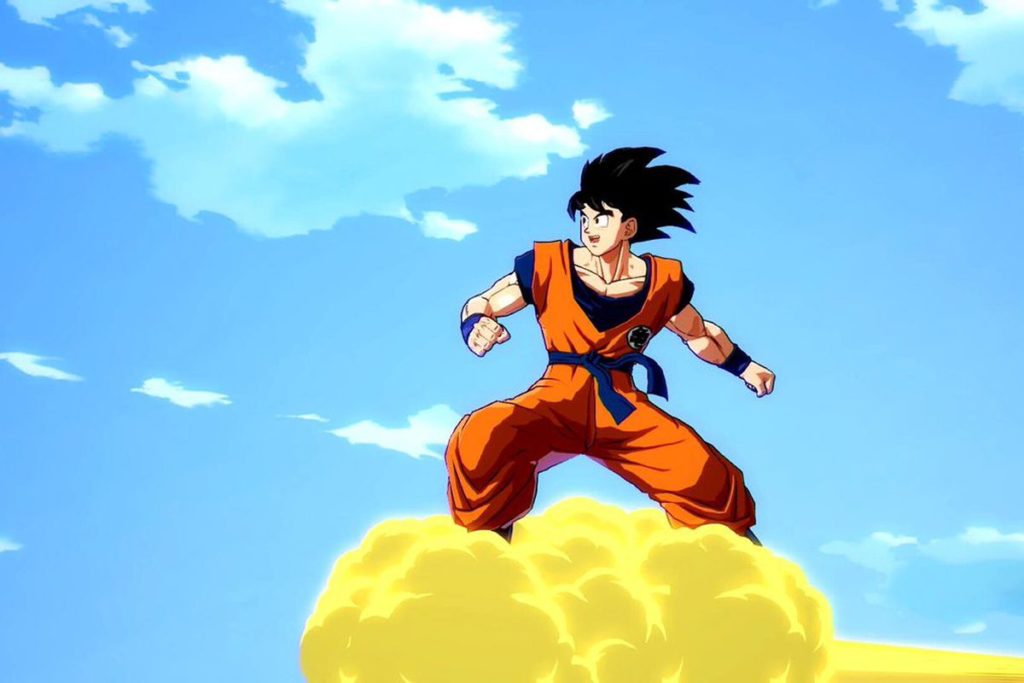 A challenge of remaking any anime IRL, or any animated property really, is making the switch from animation, to real life. Animation is arguably a far more expressive medium than live-action; it allows for a lot crazier and experimental storytelling and action, and there are just some things that will never be replicated as well.
A challenge of remaking any anime IRL, or any animated property really, is making the switch from animation, to real life. Animation is arguably a far more expressive medium than live-action; it allows for a lot crazier and experimental storytelling and action, and there are just some things that will never be replicated as well.
For example, look at Dragonball: Evolution. Yes, we don’t want to look at it either, and we don’t want this article to just be an obituary for DBE, but is there any better example of a Western anime remake that just didn’t work? Among the myriad problems with that movie, there is the fact that visually, it looks nothing like Dragon Ball. Goku’s weird anime hair is something that will never work in real life. They tried their best, and it looked silly as hell. You could tell it was just a lot of hair gel. So then the only option is to either accept awful hair, or change it entirely, and then who’s to say he even looks like Goku at all? Could you imagine Yugi Mutou’s hair in real life? Probably not, right? But it looks fine in anime because that’s just how things work in drawings.
You can make absolutely bonkers stuff look totally normal in-universe, because they’re just drawings. Same goes for the look of the world. Dragon Ball’s incredibly unique world design, with its weird, alien-looking circle buildings, and the humanoid animals everywhere, wouldn’t really work IRL without copious amounts of expensive CGI, so a realistic world it is. So once you’ve changed the characters’ looks, and the world’s looks, what still makes it like the original?
Localisation/Adaptation
So fine, you can change the art design as much as you want, but what’s really at the heart of these stories isn’t their visuals, right? It’s the stories! The messages, the characters! That’s why we watch these shows, and in that regard, transforming anime into a more Western-friendly format presents a slew of new challenges.
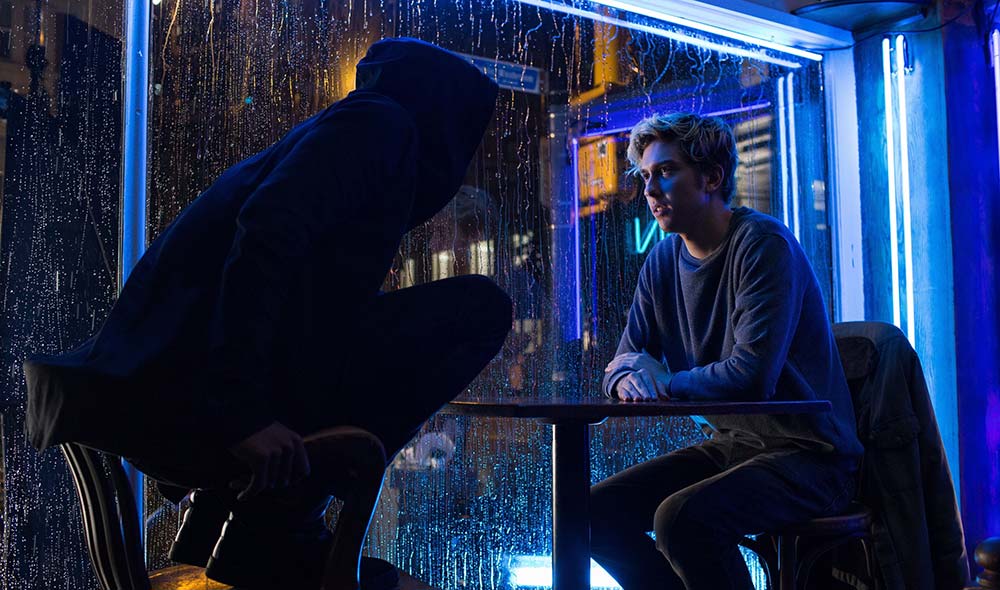
Netflix’s Death Note
For one thing, there is a massive cultural divide between East and West. Some things that would work just fine in anime, don’t work as well over here. If you’re trying to do comedy, you’d need to do a complete overhaul of so many jokes, particularly the Japanese wordplay ones. Anyone familiar with Bakemonogatari will understand the struggle, but that’s not likely to get an adaptation any time soon, mainly because the subject matter, values, and themes are way too oddball to ever work over here, and the same goes for a lot of anime.
The only kinds of shows and movies that are ever really gonna be adapted are ones with easy universal appeal, which narrows down the selection substantially. Anime is becoming a lot more mainstream in Australia, but still, you can probably count the amount of realistic candidates on two hands. Attack on Titan, My Hero Academia, Dragon Ball, Naruto, Ghost in the Shell, JoJo’s Bizarre Adventure, Death Note, Code Geass, and Cowboy Bebop; all shows whose values and themes give them an international appeal. So far we’ve seen what DBZ, GitS, and Death Note look like IRL, and none of them have been received particularly well, so what’s going to make Netflix’s Cowboy Bebop any different?
It seems like a very obvious choice, really. It’s a ‘Space-Western’, so it’s a no-brainer to adapt in the West. The Wild West vibe and values translate easily, and the ambiguous space-setting makes it easy to adapt into any culture. Plus, Bebop is already one of the most popular shows of all time, so this should be easy, AND they have original creator Shinichiro Watanabe on board as consultant!
Clearly Netflix wants to make this THE live-action Western anime adaptation, the one that works, that everyone can agree is good. But now that we’ve explained why Bebop would be perfect for adaptation, it begs the question, why do it at all? If they do a word-for-word, shot-for-shot remake, what’s the point? Why not just watch the original? And if they change it, for better or worse, is it really still the same show? Does anime even need to be adapted into live-action? Sometimes, if you get it right the first time, things are better left as they are.
